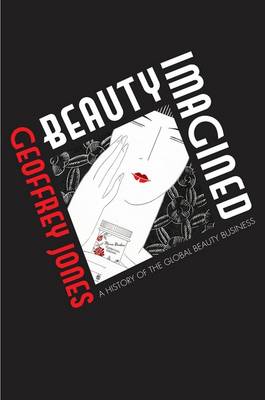The news of the passing of Evelyn Lauder, crusader for breast cancer awareness, on November 12 brought feelings of sadness for me and many in my family. Indeed, any family member of a survivor of cancer was probably affected by the news of Lauder’s death. Her pink ribbon campaign is as ubiquitous as air itself. Her tireless efforts to raise cancer awareness is admirable and appreciated.
Below Dr. Lauren Pecorino, author of Why Millions Survive Cancer, comments on Lauder’s influence and offers some hope for those diagnosed, or know someone close who has been diagnosed with cancer. – Purdy, Publicity
By Lauren Pecorino
Cancer is managed throughout the world by teams of people, most notably those made up of doctors, nurses, hospice workers and scientists. But it took one powerful and astute businesswoman to use a successful marketing campaign to raise awareness of breast health around the world.
In 1992, Evelyn Lauder, daughter-in-law of Estee Lauder, along with Alexandra Penny, former Editor of SELF magazine, created the pink ribbon as a symbol of breast health. To date, the Estee Lauder Companies’ Breast Cancer Awareness (BCA) Campaign has given away more than 100 million pink ribbons and millions of informational brochures at its cosmetic counters around the world. The designation of October as Breast Cancer Awareness Month by politicians was a tribute to the success of her campaign.
In 2000, the BCA broadened its ‘Pink’ awareness campaign and began illuminating historic landmarks such as the Empire State Building, Niagara Falls, the Tower of London, the Leaning Tower of Pisa, and the Tokyo Tower with pink lights to raise awareness on a highly visible scale. English actress and Estee’ Lauder spokeswoman Elizabeth Hurley worked with Evelyn Lauder on breast cancer awareness since the mid-1990s. Together they traveled the world to raise awareness of the importance of breast health and early cancer detection.
Back in 1993, Evelyn Lauder founded the Breast Cancer Research Foundation (BCRF) as an independent, not-for-profit organization dedicated to funding innovative clinical and translational research. The BCRF has raised hundreds of millions of dollars and supports scientists across the USA, Canada, Europe, the Middle East, and Australia.
And as recently as 2009, the money raised from the sale of ribbons and related items helped Lauder establish the Evelyn H. Lauder Breast Center at the Memorial Sloan-Kettering Cancer Center in New York City. In so many ways, Evelyn Lauder contributed greatly to the progress we have seen in our fight against breast cancer.
The progress in our fight against breast cancer has been impressive over the last few decades and has resulted in a decreasing trend in mortality. In addition to better awareness, advances have been seen in screening participation, methods of surgery, new treatments, and quality of life. Participation of women in the USA over 40 years old in having a mammogram within the last two years is about 67%. Although different individual studies have reported different values, a re-examination of a mass of previous trials by experts commissioned by the World Health Organization has estimated that the reduction in mortality from breast cancer due to screening is about 35%. Advances in surgery include lumpectomy versus mastectomy and the use of robotics for more precise removal of tumor tissue.
Although tamoxifen has been a successful drug used for decades, newer alternatives such as aromatase inh



 make them look younger and sexier. Natural cosmetics remained for decades an activity for the unusual entr
make them look younger and sexier. Natural cosmetics remained for decades an activity for the unusual entr
 Build/20061124.gif)